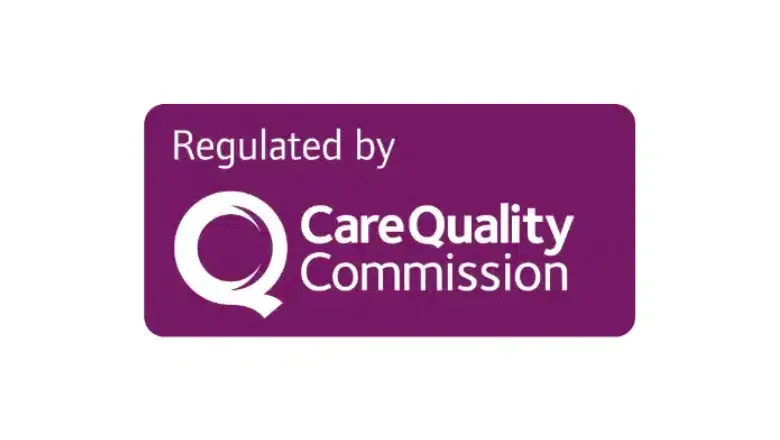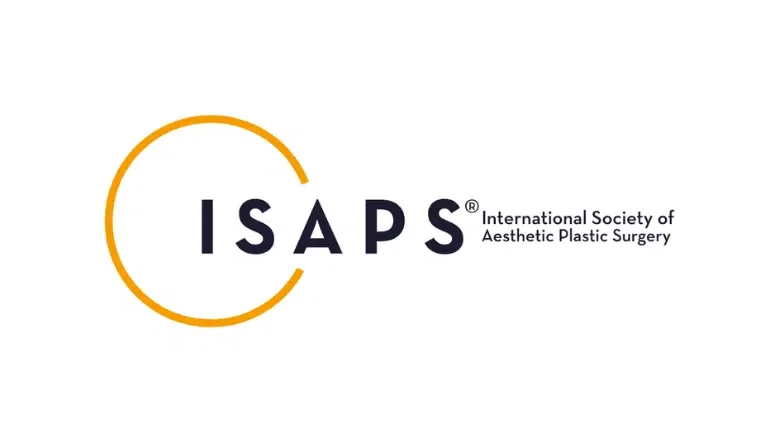IncontiLase Treatment
Do you have mild to moderate stress urinary incontinence? This can often be an embarrassing problem which can have negative effects on your life. Fortunately, you can treat the problem without having to undergo a surgical procedure. It can be treated using Fotona’s IncontiLase stress urinary laser therapy.
“1 out of 3 women over the age of 45 have stress urinary incontinence”
Benefits of IncontiLase
- A gentle treatment with powerful results in reducing unwanted urine leakage
- a safe treatment for stress urinary incontinence
- incisionless, minimally invasive
- no anaesthesia needed
- walk-in/walk-out procedure
- little-to-no downtime
Our doctors also perform the full range of aesthetic gynaecological treatments, both surgical and non-surgical, including vaginoplasty, labiaplasty or clitoral hood reduction.
With Centre for Surgery – you’ve made the right choice
- Our roots in plastic surgery mean we understand the continuum of surgical, non-surgical and laser treatments and how they can complement one another for optimal results. This allows us to offer a full range of treatment options for our patients.
- We offer our treatments in a premium, unrushed and caring environment that respects your privacy. This is why so many of our patients keep returning to us for further treatments.
- Our highly experienced team offers a full spectrum of aesthetic treatments that include the most advanced technology available.
- Our practitioners have a deep understanding of aesthetic treatments and continue to study them diligently. They have followed their development for over 10 years. Each and every one of our practitioners adheres to our practice philosophy of achieving natural-looking results.
Dr Paraskevi Demitriadi
Dr Paraskevi Dimitriadi is a specialist aesthetic gynaecologist and has trained at some of the world’s leading hospitals in all aspects of gynaecology. Dr Dimitriadi continues to practice in a major London teaching hospital. She takes an active interest in research into aesthetic gynaecology and lectures both nationally and internationally on a range of topics in aesthetic gynaecology. She is a full member of the European Society of Aesthetic Gynaecology (ESAG).
Dr Dimitriadi is known for her caring, patient-centred approach, supporting all her patients and she always strives to optimise patient outcomes at stages of the patient journey.
Dr Dimitriadi is a highly experienced and advanced practitioner with extensive experience in caring specifically for women and will guide you to the ideal choice for your unique vaginal rejuvenation needs. Dr Dimitriadi is supported by an expert nursing team and all share her enthusiasm about targeting women’s health concerns and have more than 10 years of experience in the field. Dr Dimitriadi is fully committed to adopting a holistic treatment approach and will discuss your lifestyle, set treatment goals, and ensure all questions have been answered before proceeding with the right treatment.
What is stress urinary incontinence?
Stress urinary incontinence is the unintentional passing of urine. Stress incontinence tends to occur when the bladder is under pressure, such as when you cough or laugh. This is a very common problem which affects millions of people. It is generally caused by a weakening of the pelvic floor muscles and the urethral sphincter.
There are certain factors which can increase the likelihood of stress urinary incontinence occurring, such as pregnancy, vaginal childbirth, family history of incontinence, obesity, or simply from ageing.
As this can negatively affect your life, many people will choose to seek out treatment. You can undertake pelvic floor exercises or try medication, however, this may not be a completely effective solution. Surgical procedures are also available. However, for those who do not wish to undergo a surgical procedure, laser treatment may be a suitable option.
IncontiLase is a non-invasive laser treatment that improves stress urinary incontinence. This is achieved by shrinking the urethral and anterior bladder wall region.
This procedure is completed using Fotona’s Er:YAG laser.
There are many benefits to undergoing stress urinary incontinence laser treatment, including:
- No incisions
- No removal of any body tissue
- No sutures
- Quick recovery time without the need for antibiotics or pain medication
Ideal candidates for IncontiLase
You will be a suitable candidate for this procedure if you have stress urinary incontinence which you are wishing to treat, but do not want to undertake surgery.
You will have to be at least 18 years old to be suitable for this procedure.
Before undergoing laser therapy, you will need to meet the surgeon and have a consultation. The surgeon will be able to assess whether or not you are suitable for laser therapy or whether other treatments will be more suitable.
What does IncontiLase involve?
For the majority of cases, two sessions of IncontiLase® with a one-month interval are sufficient to alleviate mild or even moderate stress urinary incontinence. No special pre-op preparations or post-op precautions are necessary. You can immediately return to your normal everyday activities. Additional advantages of IncontiLase® are that the procedure is incisionless and virtually painless. Recovery is extremely quick without need for the use of analgesics or antibiotics.
FAQs
-
How do Fotona SMOOTH treatments work?The treatments work by stimulating the body’s own regenerative potential. Laser pulses are delivered to the tissue in an optimal, patented laser mode that produces gentle heat pulses in the vaginal mucosal lining, stimulating the formation of new collagen and strengthening vaginal wall support.
-
What is stress urinary incontinence?Stress urinary incontinence is the involuntary leakage of urine during exercise or certain movements, such as coughing, sneezing and laughing. In women, it is most commonly associated with previous pregnancy, with or without recognised obstetric trauma. Previous urogynaecological surgery may also result in stress urinary incontinence.
-
Is there any age restriction for laser treatment?The treatments are recommended for adult women of all ages. The effectiveness of the treatment may be reduced with advanced age due to the decreased capacity of the body’s natural regeneration process, which is the mechanism behind the Fotona SMOOTH® procedures.
-
What options do I have for treatment?There are many non-surgical options available, such as undertaking pelvic exercises or taking medication, which may solve the problem.
You may also be able to undergo surgical treatment for stress urinary incontinence.
However, if exercises and medication have not worked and you do not wish to undergo a surgical procedure, you may wish to have laser therapy. -
What does laser therapy involve?Laser therapy is done by using Fotona’s IncontiLase therapy, which involves the use of the Er:YAG laser.
The Er:YAG laser energy is delivered to the pelvic fascia and the vaginal mucosa tissue. This results in the neogenesis and remodelling of collagen, which shrinks and tightens the tissue. This allows for the incontinence to stop. -
Can women who are going through the menopause have treatment?Yes, menopausal women can have the treatment. In the case of severe dryness and irritation, it is recommended to first start with the RenovaLase® treatment, which has been specially developed to treat the symptoms of genitourinary syndrome of menopause. This can then be followed up with treatments for stress urinary incontinence or prolapse, if needed.
-
What are the benefits of this procedure?There are numerous benefits to undergoing laser treatment for urinary incontinence, including:
- No incisions
- No removal of any body tissue
- No sutures
- Quick recovery time without the need for antibiotics or pain medication -
What is the recovery period like?This is a non-surgical procedure, so there is no recovery time. You will be able to leave after the procedure is finished.
-
When may the doctor advise against laser incontinence treatment?Yes, these should be explained by the performing physician. These include positive Pap-smear, vaginal infections or injuries and different other pathologies.













